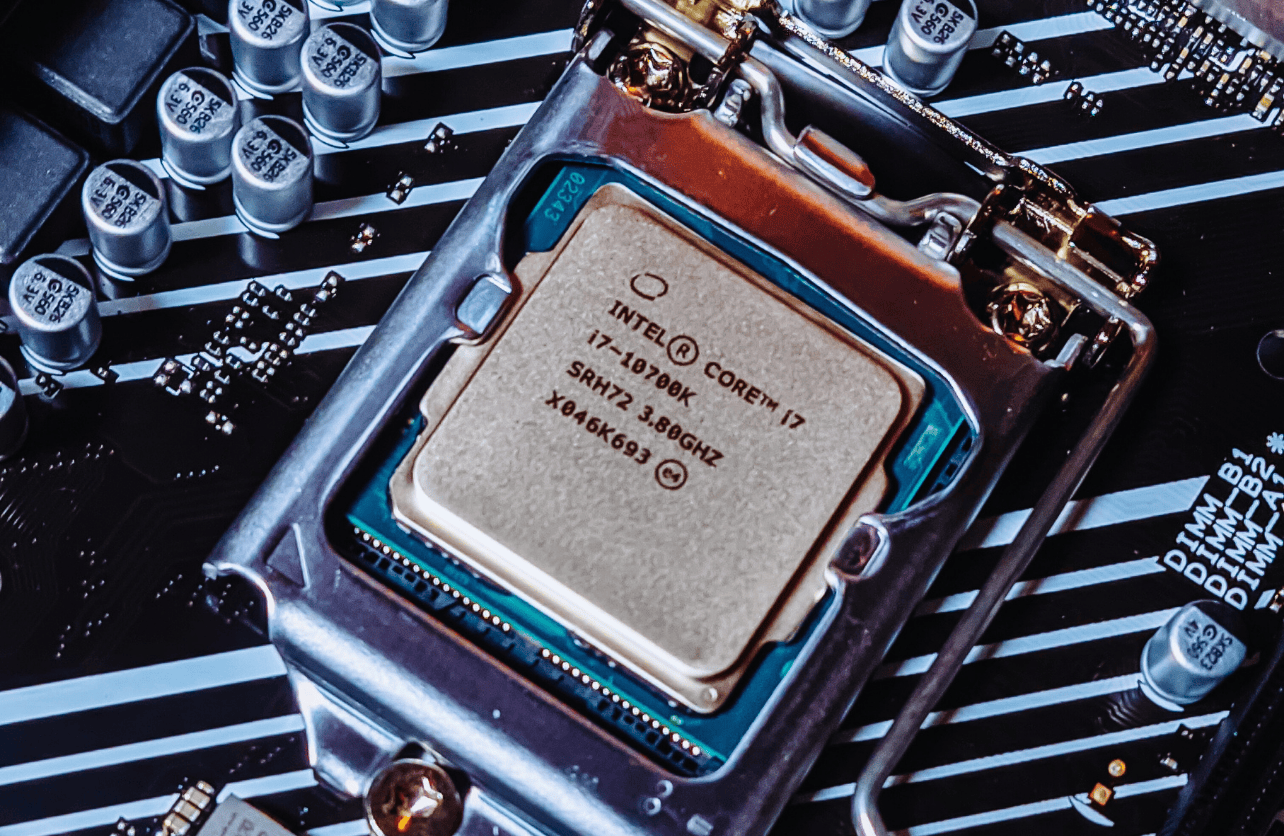Boxed vs. Tray CPUs, What’s the Difference?

When shopping for a new processor, you might come across two different versions of the same model: the boxed CPU and the tray (OEM) CPU. While they may seem identical in terms of performance, their differences go beyond just packaging. Understanding these distinctions can help you make a more informed purchase based on your specific needs, budget, and long-term considerations.
What Is a Boxed CPU?
A boxed CPU, often labeled as a retail processor, comes in a sealed package directly from the manufacturer. This version is designed for individual consumers and includes additional components that enhance convenience and ease of installation.
Key Features of a Boxed CPU:
- Retail Packaging: The processor is securely packed in a branded box, ensuring protection during transport and storage.
- Bundled Stock Cooler: Most boxed CPUs include a stock cooling solution, which is sufficient for standard use and eliminates the need for a separate cooler purchase.
- Longer Warranty: Manufacturers, such as Intel and AMD, typically offer extended warranties for boxed CPUs, often ranging from three to five years.
- Manufacturer Support: If any issues arise, you can contact the CPU manufacturer directly for warranty claims and technical support.
A boxed CPU is the ideal choice for those who want a straightforward, manufacturer-backed option without the hassle of sourcing additional components. It is particularly suitable for general users, gamers, and small-scale builders who prioritize convenience and reliability.
What Is a Tray (OEM) CPU?
A tray CPU, often referred to as an OEM (Original Equipment Manufacturer) processor, is typically sold in bulk to system builders, large-scale manufacturers, and businesses. These CPUs do not come in retail packaging and often lack additional accessories.
Key Features of a Tray CPU:
- Minimal or No Packaging: Unlike its retail counterpart, a tray CPU is usually delivered in a simple protective casing or anti-static wrap, as they are meant to be installed directly into pre-built systems.
- No Stock Cooler: Most tray CPUs are sold without a cooling solution, requiring users to purchase a separate aftermarket cooler.
- Shorter or No Warranty from Manufacturer: Warranty terms for tray CPUs vary. In many cases, the responsibility falls on the seller or system builder rather than the CPU manufacturer.
- Potentially Lower Cost: Since tray CPUs are sold in bulk and lack extra accessories, they are often priced slightly lower than boxed versions.
Tray CPUs appeal to experienced PC builders, businesses, and enthusiasts who already have cooling solutions in place and do not require retail packaging or extended warranty coverage. They are particularly useful for high-performance builds where stock coolers would be replaced anyway.
Boxed vs. Tray CPU: Which One Should You Choose?
Deciding between a boxed and tray CPU depends on several factors, including cost, warranty coverage, cooling preferences, and whether you need additional manufacturer support.
When a Boxed CPU Is the Better Choice:
- You Want a Reliable Warranty: If peace of mind is important, the extended manufacturer warranty of a boxed CPU ensures protection against potential failures.
- You Need a Cooler Included: If you’re not planning on overclocking or using an aftermarket cooler, the bundled stock cooler provides adequate cooling for most builds.
- You Prefer Manufacturer Support: With a boxed CPU, you can reach out to the processor’s official support team if you encounter any technical issues.
- You Value Secure Packaging: Retail packaging ensures that the processor is well-protected during shipping and storage, reducing the risk of damage before installation.
When a Tray CPU Might Be the Better Option:
- You’re Building in Bulk: Businesses and system integrators benefit from the cost-effectiveness and simplicity of bulk orders.
- You’re Using a Custom Cooler: Enthusiasts and overclockers who plan to install high-end aftermarket coolers don’t need the stock cooler that comes with boxed versions.
- You’re Looking for a Slightly Cheaper Alternative: If budget constraints are a priority and warranty coverage isn’t a major concern, tray CPUs may offer small but valuable savings.
The Importance of Warranty and Long-Term Reliability
One of the biggest differences between boxed and tray CPUs is the warranty coverage. A boxed CPU often comes with a manufacturer-backed warranty, ensuring long-term protection and reliable service. On the other hand, tray CPUs usually have shorter warranties, with some retailers offering only a few months of coverage.
If you are building a personal system or gaming PC, investing in a boxed CPU might be the better option due to its extended warranty. For businesses or those assembling multiple PCs for resale, the potential cost savings of tray CPUs could make them more appealing.
Final Thoughts
Choosing between a boxed and tray CPU isn’t just about the price—it’s about understanding what you need from your processor in the long run. Boxed CPUs offer convenience, support, and long-term protection, making them ideal for general users and those who want a hassle-free experience. Tray CPUs, on the other hand, provide flexibility and savings for experienced builders and businesses that don’t require the extras.
Before making a decision, consider how long you intend to use the processor, whether you need an included cooler, and if warranty coverage is a top priority. By weighing these factors carefully, you can make the right choice for your setup and budget.
Your Trust, Our Core Commitment
At Rising Tech, earning and maintaining your trust is the cornerstone of our mission. We're dedicated to transparency, impartiality, and the relentless pursuit of truth in every article, review, and recommendation we publish. Our commitment to these principles ensures that you, our valued reader, are always equipped with reliable and unbiased information. Let us be your trusted guide in the ever-evolving world of technology.